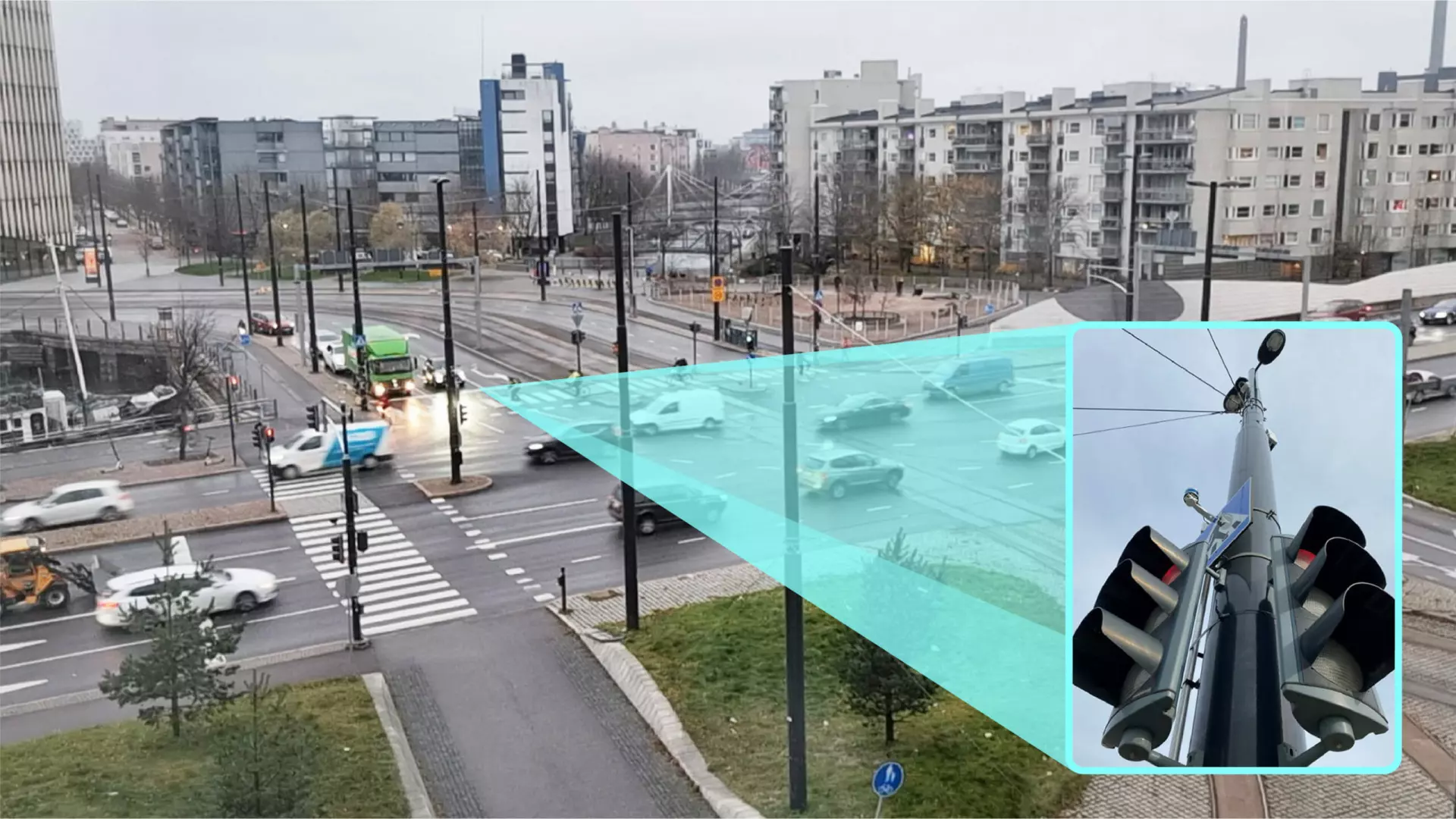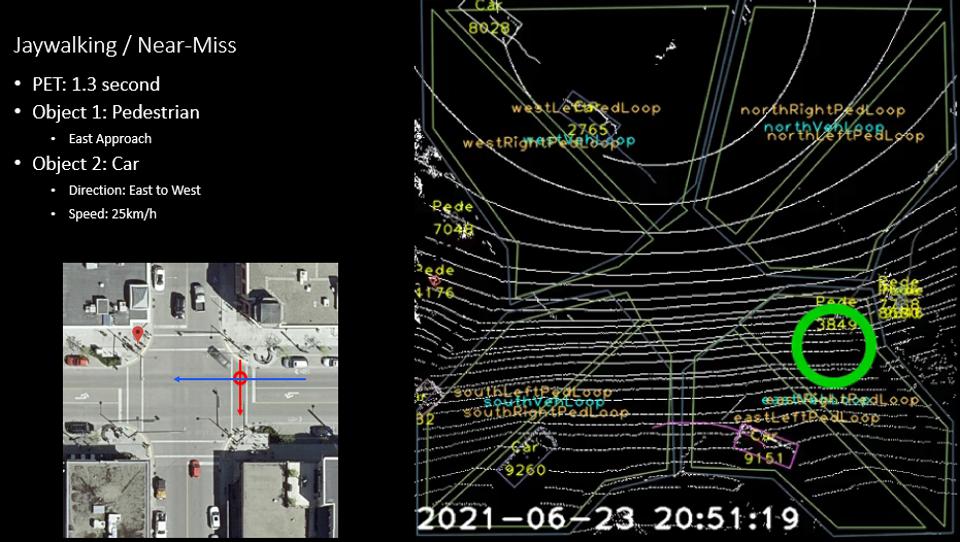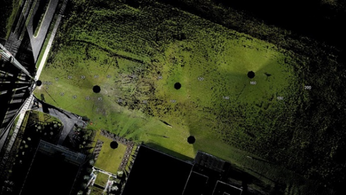
Are Smart Cities now smarter thanks to LiDAR?
LiDAR is being explored more and more as a useful addition to Smart Cities, mostly to improve the information's fidelity but also to introduce a new sensing modality.
There are networked devices everywhere. Some of them support AoT™, or the autonomy of things. These technologies are increasingly opening up new opportunities for building smarter and safer cities, where people, every type of vehicle, and infrastructure interact in highly dynamic ways.
Together they achieve a wide range of objectives: sleek traffic flow, infrastructure management, pedestrian safety, security, emergency management, and crime prevention, to mention some.
Commonly, the tools of choice are cameras and video analytics. Additional types of road sensors are employed to sense traffic flow and enable dynamic traffic signal management.
LiDAR is being explored more and more, mostly to improve the information's fidelity but also to introduce a new sensing modality that offers 3D data and better situational awareness.
The objective is to blend dynamic input (and perhaps static background information like city maps) to make decisions, both with or without humans involved.
LiDAR is likely to only capture a small percentage of this TAM if and when these initiatives materialize into actual deployments, since Smart Cities installations are still in the evaluation stage.
- Implementations of Smart Cities will require funding from the federal, state, local, or private organisations in charge of setting up and maintaining these infrastructure systems.
- Public institutions practice fiscal restraint. LiDAR is a pricey new functionality that requires strong justification, especially given that there are no clear financial advantages that can be readily quantified or used as investments.
- Public agencies typically have a poor track record of evaluating and implementing new technologies, either because of a lack of internal talent, defined metrics, or bureaucratic procedures and restrictions.
On the other hand, the rationale for LiDAR is solid for AoT™ applications in the commercial sphere. Given that LiDAR technology is expensive and still in its early stage, it needs to be more explicitly stated why it is necessary for applications like smart cities and security.
STAY ON TOP OF THE NEWS
Join the free newsletter to receive the latest updates in your inbox.
Velodyne; the first of many LiDAR businesses to go public through a SPAC merge in 2020; pioneered with LiDAR as a technology required for car autonomy and 3D mapping in the mid-2000s.
Despite the resignation of its founder and chairman David Hall in early 2021 as well as the recent departures of its CEO and board chairman, Jon Barad; Vice President of Business Development; claims that the team is motivated, clients are enthusiastic, and their penetration into non-AoT™ applications is quickening.
Their Intelligent Infrastructure Solution (IIS) includes speed enforcement, crowd analytics, and traffic and parking management.

According to Jon Barad, these are some of the reasons he believes LiDAR is indeed an integral component for Smart City applications:
1) Privacy: Unlike cameras, LiDAR point clouds can distinguish between objects, but do not have the resolution to identify people. Data privacy has become a crucial factor in developed democracies, and LiDAR is more likely to be accepted by the general public than traditional high resolution cameras.
2) Coverage: A surround view LiDAR can cover a broader range and Field of View (FoV). In poor illumination and weather situations, cameras have a FoV, this demands a number of cameras, which entails significant "stitching" software, hardware, and installation expenses.
3) 3D Information and Situational Awareness: Data from fixed-position cameras can be utilised to extract 3D information (with reference to street maps and well-known landmarks), but this process is time-consuming and may not be accurate due to out-of-date maps and shifting infrastructure.
The Canadian government launched the Smart City initiative around four years ago by encouraging local organisations to participate in a "challenge competition" that aimed to improve quality of life via the smart application of technology. The city of Kelowna -near Vancouver and with a population of 150k- is already testing this solution.
Around 2018, Kelowna and more than 200 other Canadian communities participated in the "Intelligent Cities" program. Along the way, resident's needs were identify and city officials were provided with a roadmap for future development, having public transportation and traffic infrastructure as priority.
“This initiative is not about leveraging technology for technologies’ sake (...) we find that LiDAR has provided us with consistent data that we previously did not have - especially in low light and bad weather conditions. This is proving to be a great tool as we proceed forward.” Said Andreas Boehm, manager at Intelligent City.
The city is able to examine some current problems and potential solutions thanks to the pilot program. In terms of decreased overall infrastructure costs, greater tourism, and involvement by insurance companies interested in safety and accident prevention, it also supports in the creation of the business case to support larger implementation.
“Broader deployment in the next 2-3 years and expanding the use of the Intelligent City initiative to other applications like emergency response and flood mapping”. Said Mr. Boehm for the near future.

Find the article here:

LiDAR INSIGHTER Newsletter
Join the newsletter to receive the latest updates in your inbox.






